The SLWM Insights offers valuable perspectives on investment behavior and strategies. It features my thoughts as well as curated articles and resources to help investors understand market trends, develop disciplined investing habits, and make informed financial decisions. Whether you're a seasoned investor or just starting out, the SLWM Insights section provides practical advice and thought-provoking analysis to enhance your investment journey.
